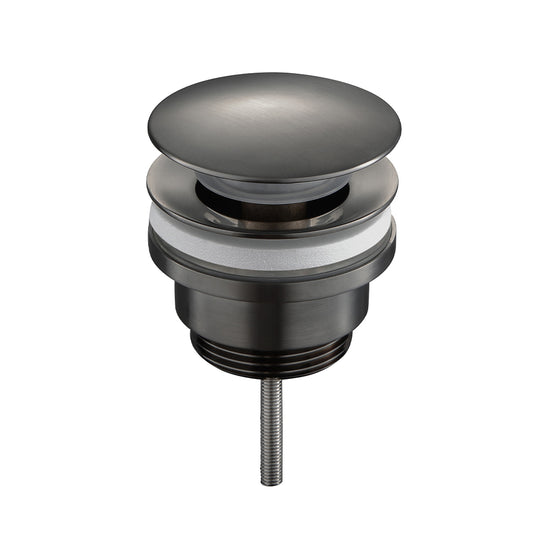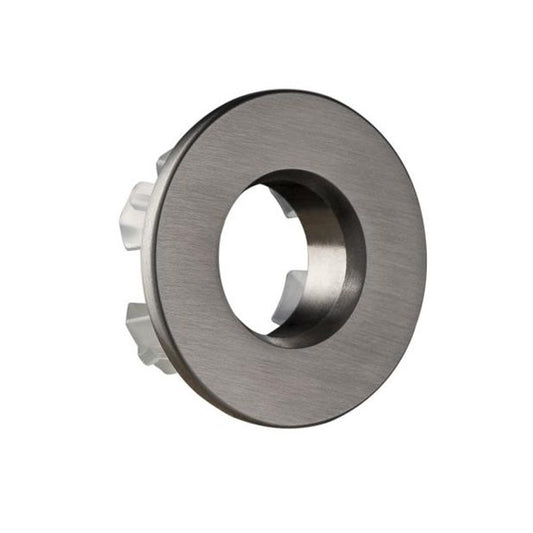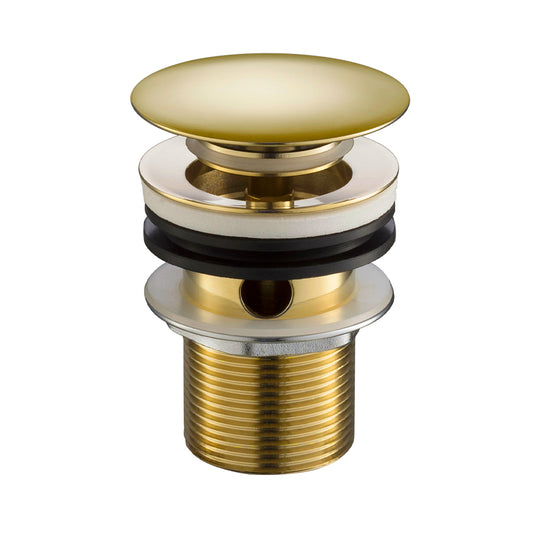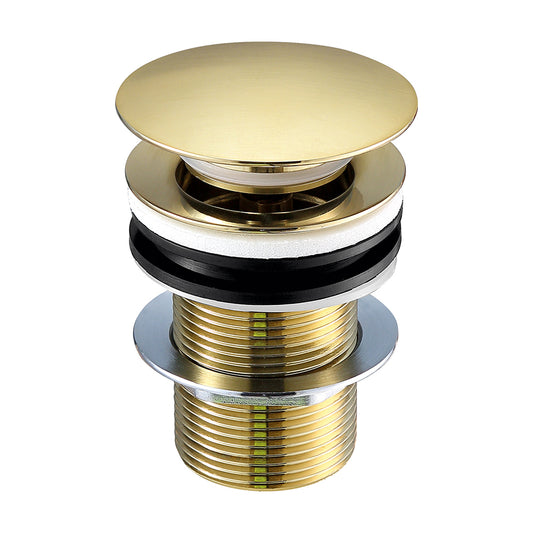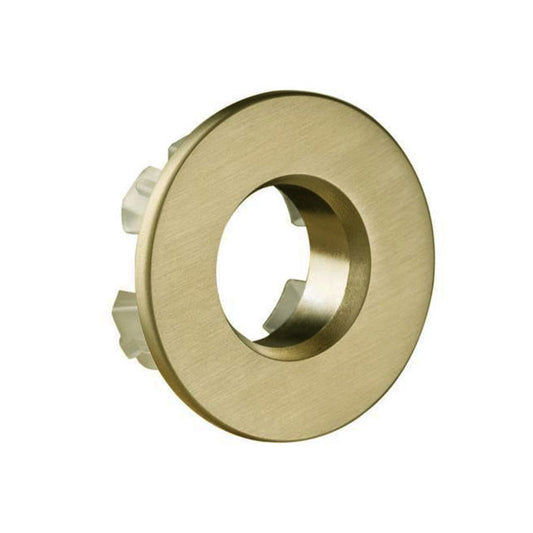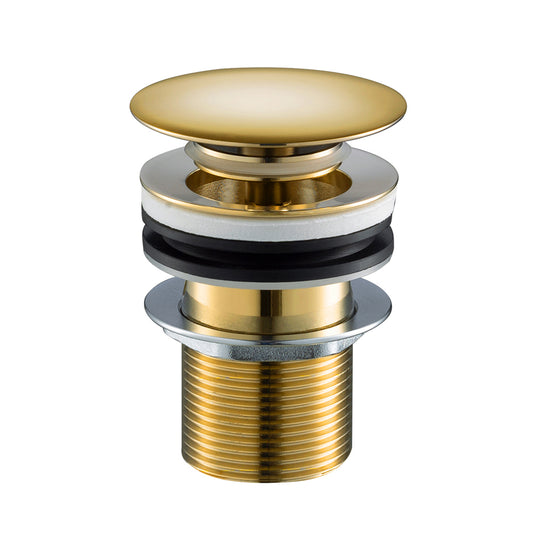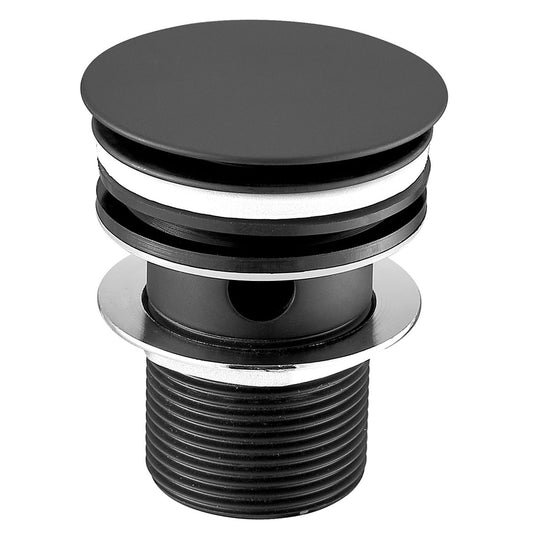How to Fit a Basin Waste
Table of Contents:
-
Introduction
-
The Basin Overflow
-
Slotted Or Unslotted Basin Waste?
-
Steps to fit a basin waste
-
There are several kinds of basin waste
Introduction
In any bathroom remodelling project, basin wastes, or sink wastes, as many call them, are an often overlooked yet crucial component. This basin waste guide will teach you about every type of waste design, including flip tops, flip tops with pop-ups, and the classic plug and chain design.
Sink wastes allow you to safely drain water from your sink, regardless of how your sink is designed. Using a basin waste will also allow you to plug up the pipes in your sink, allowing it to fill with water.
The Basin Overflow
In a sink, an overflow is a small hole near the rim that drains water away as soon as the sink becomes overfilled. Using this will ensure your bathroom does not flood if you accidentally leave the tap on. Not every sink will have an overflow, so this will affect which you choose.
Slotted Or Unslotted Basin Waste?
A slotted basin waste will be needed if your sink has an overflow. An unslotted basin waste will be necessary if your sink is not equipped with an overflow. Waste from an unslotted basin is watertight, so water that has overflowed will not be absorbed by the pipe. Overflow water will be drained from wastes that have slots, regardless of whether the waste is open or closed.
In most cases, bathroom basins have an overflow, whereas kitchen sinks and other basins do not. It is crucial that you correctly select the type of basin waste, as the wrong one can destroy your sink irreparably. A momentary oversight by anyone using your sink can cause serious flooding.
Steps to fit a basin waste
Once your basin waste has been delivered, make sure to inspect it immediately. It is always best to discover faulty or damaged waste when it arrives rather than learn about it after the installation has begun.
Resources you’ll need
- The Sealant Gun
- Plumber’s putty
- Grip size is large
- Adjustable large spanner
- The PTFE Tape
- Bucket
- Cloth for cleaning
Step 1. Situate the waste body
- It should be seated on a bed of silicone sealant in the hole of the hand basin for a good seal.
Step 2. Ensure that the waste body overflow slot faces the integral basin overflow slot.
Step 3. Place the washer underneath the basin:
- Apply silicone sealant to both faces and screw mounting nut.
- Tighten firmly by hand on the waste body, avoid over tightening ceramic basins to prevent cracking them.
Step 4. Let the silicone cure for a sufficient time.
There are several kinds of basin waste
There are a variety of basin wastes to choose from. Each will have its distinctive design and features to justify its availability to bathroom renovators.
- Click Clack
- Flip Top
- Pop-Up
- Plug and Chain
- Free Flow
Click Clack
It is believed that the click-clack basin waste is the most popular drainage style available at the moment. Clicker, push button and sprung plug waste are examples of the contactless collection options. Their name is memorable and their use is as reliable. Close the click-clack by pushing down the stopper once and then push up again to open.
Flip Top
It is an easy task to rotate, flip or otherwise reposition this disc-shaped drain cover so that it can either seal completely or reveal the drain completely. Flip-top basin wastes are very fashionable and can be easily added to modern, minimalist bathrooms.
Pop-Up
Waste is collected in pop-up basins using a waste lever. Using the lever, you can raise and lower the stopper.
Plug and Chain
It’s an option that doesn’t need to be explained in any way, and you are probably most acquainted with this type of sink waste. Plug and chain have dominated the entry-level bathroom scene for centuries and continue to do so. The nostalgic appeal of this device and its ease of use have led to its resurgence in many deluxe, modern sets.
Free Flow
In the case of a free-flow basin, the basin waste pipe remains permanently open. Free flow basin waste is perhaps the most user-friendly waste system with its powerfully simple automatic drainage.
Once you know how, installing basin wastes is not that hard. Simple wastes do not require any complicated setup. You should place a bucket on the ground when removing existing waste so that spills don’t happen. It is always better to orient your slotted waste so that you can attach the waste overflow pipe.




